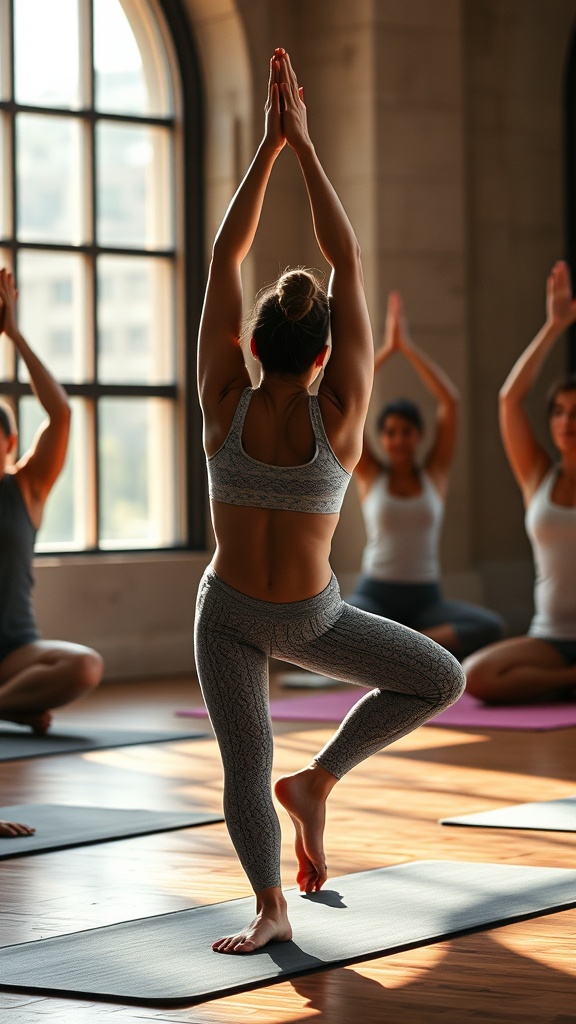Yoga is more than a fitness trend — it’s a practical system for improving flexibility, strength, balance, and mental clarity. Whether you’re a complete beginner or returning after a break, a simple, consistent practice can make a meaningful difference in how you feel and move every day.
Why yoga works
Yoga combines physical postures, breathwork, and focused attention to create a mind-body practice that supports overall well-being. Physically, yoga builds muscular endurance, joint mobility, and postural awareness. Mentally, it helps reduce stress, sharpen concentration, and promote better sleep. Many people find yoga especially useful for easing chronic neck and back tension, improving balance to reduce fall risk, and calming the nervous system after a hectic day.
Accessible ways to start
One of yoga’s strengths is accessibility. You don’t need a lot of equipment — just a comfortable mat, some clothing you can move in, and a small clear space. For busy schedules, short sessions of 10–20 minutes deliver consistent benefits when done regularly. If you prefer guided instruction, there are many options for in-studio, outdoor, and online classes that match different skill levels and styles.

A simple routine for beginners
Try this approachable sequence to build consistency and confidence:
– Begin seated with a few slow, deep breaths to settle the mind.
– Cat-Cow (Marjaryasana-Bitilasana) for spinal mobility. Move gently with your breath for 6–10 rounds.
– Downward-Facing Dog (Adho Mukha Svanasana) to stretch the hamstrings and shoulders — pedal the feet to relieve tension.
– Low Lunge to open the hip flexors, then switch sides.
– Warrior II (Virabhadrasana II) to build leg strength and stability.
– Finish with Child’s Pose (Balasana) or a few minutes of supine relaxation, focusing on even, calming breaths.
Breathwork and mindfulness
Pranayama, or breath control, is central to yoga’s mental benefits. A simple practice is to inhale calmly for a count that feels comfortable and exhale more slowly, which activates the calming parasympathetic response.
Mindful attention to breath during movement deepens body awareness and reduces scattered thinking, making even short sessions highly restorative.
Trends worth noticing
Classes emphasizing restorative or trauma-informed approaches are becoming more common, offering gentler, slower practices that prioritize safety and nervous-system regulation. Chair yoga and desk-friendly sequences provide options for people who sit for long periods, while hybrid and on-demand classes make it easy to maintain consistency when life gets busy.
Safety and progression
Always listen to your body. Move within a pain-free range and use props like blocks, straps, or bolsters to make poses accessible. If you have preexisting health conditions or injuries, consult a healthcare professional or qualified instructor for modifications. Progress gradually by focusing on alignment, breath, and regular practice rather than pushing for advanced poses.
Making yoga stick
Treat yoga as a sustainable habit rather than an occasional workout. Schedule short sessions, create a calming corner for practice, and pair yoga with other healthy choices like sleep hygiene and hydration.
Small, steady steps lead to lasting improvements in mobility, mood, and resilience.
If you want a structured start, consider committing to a two-week short-practice plan or joining a beginner-focused class. Consistency, not intensity, is the key to unlocking the broad benefits yoga offers.